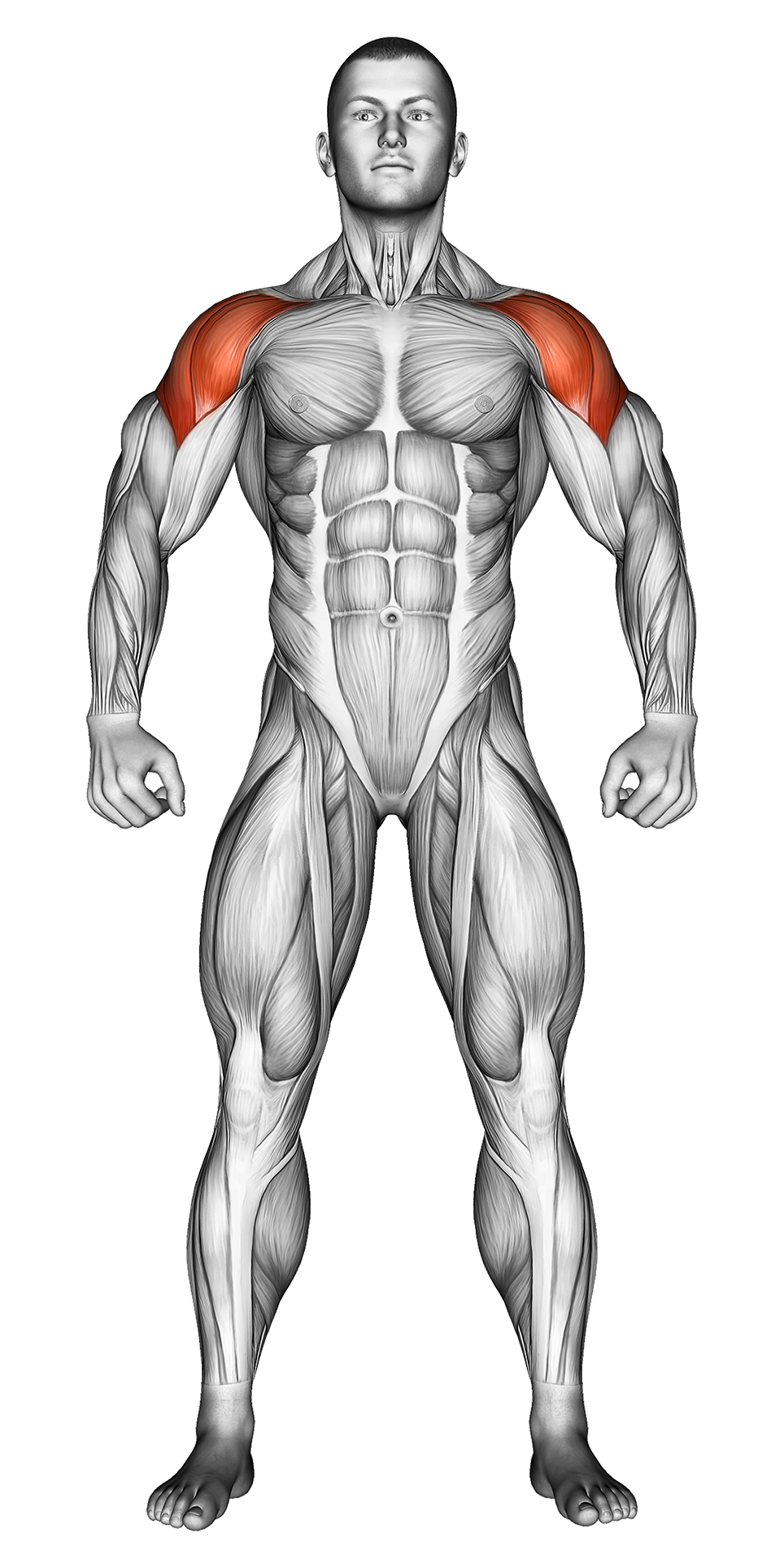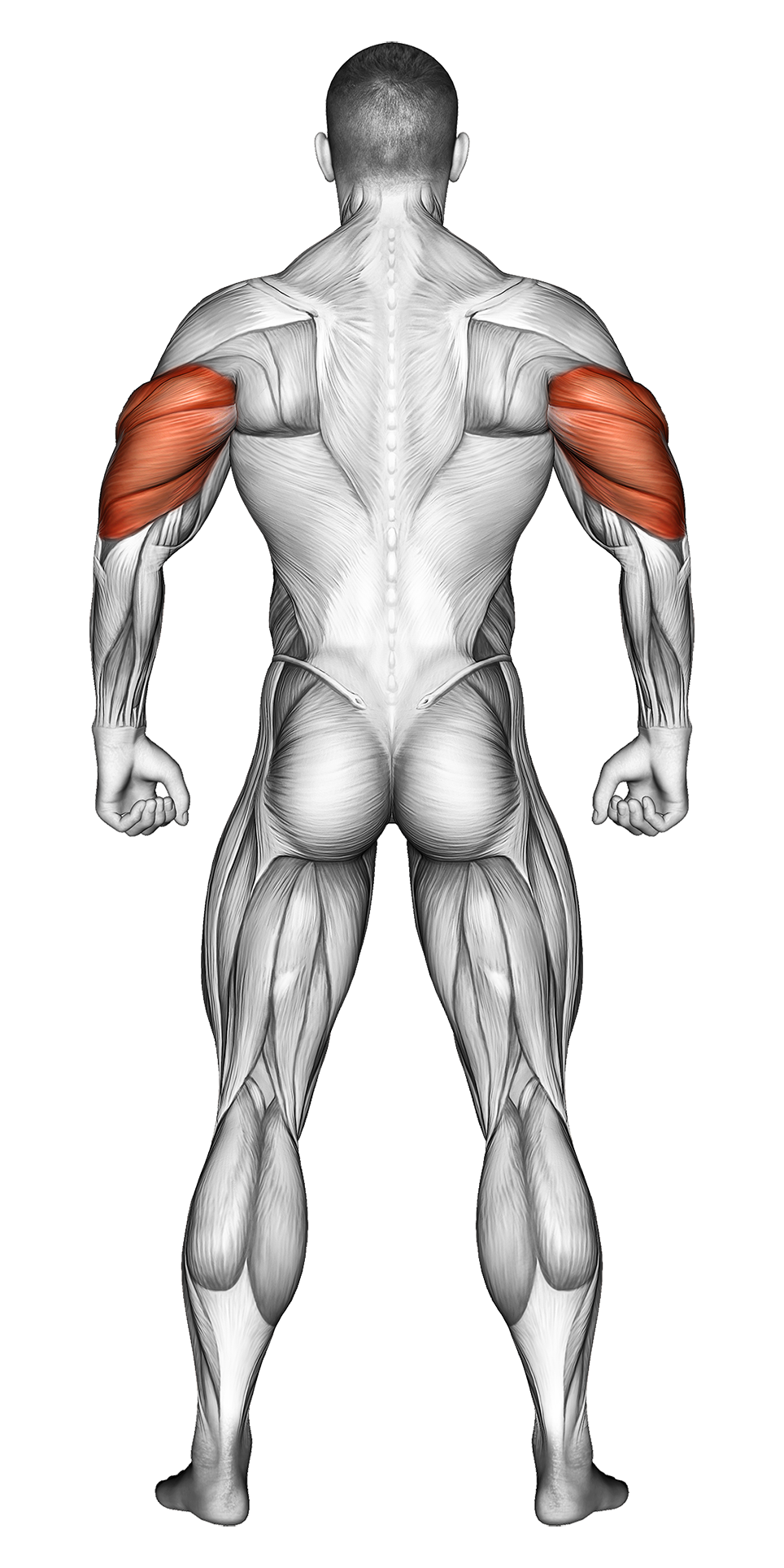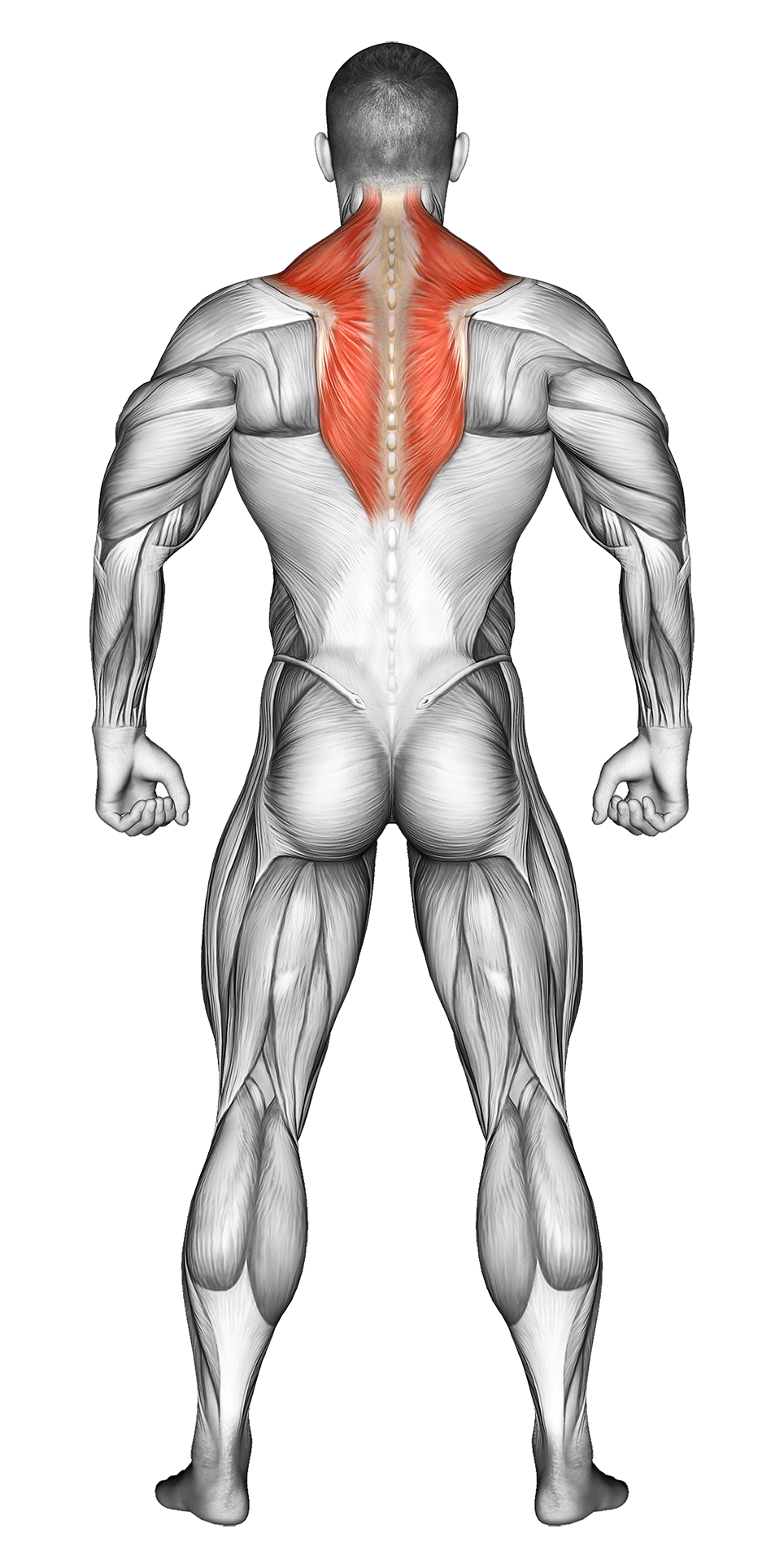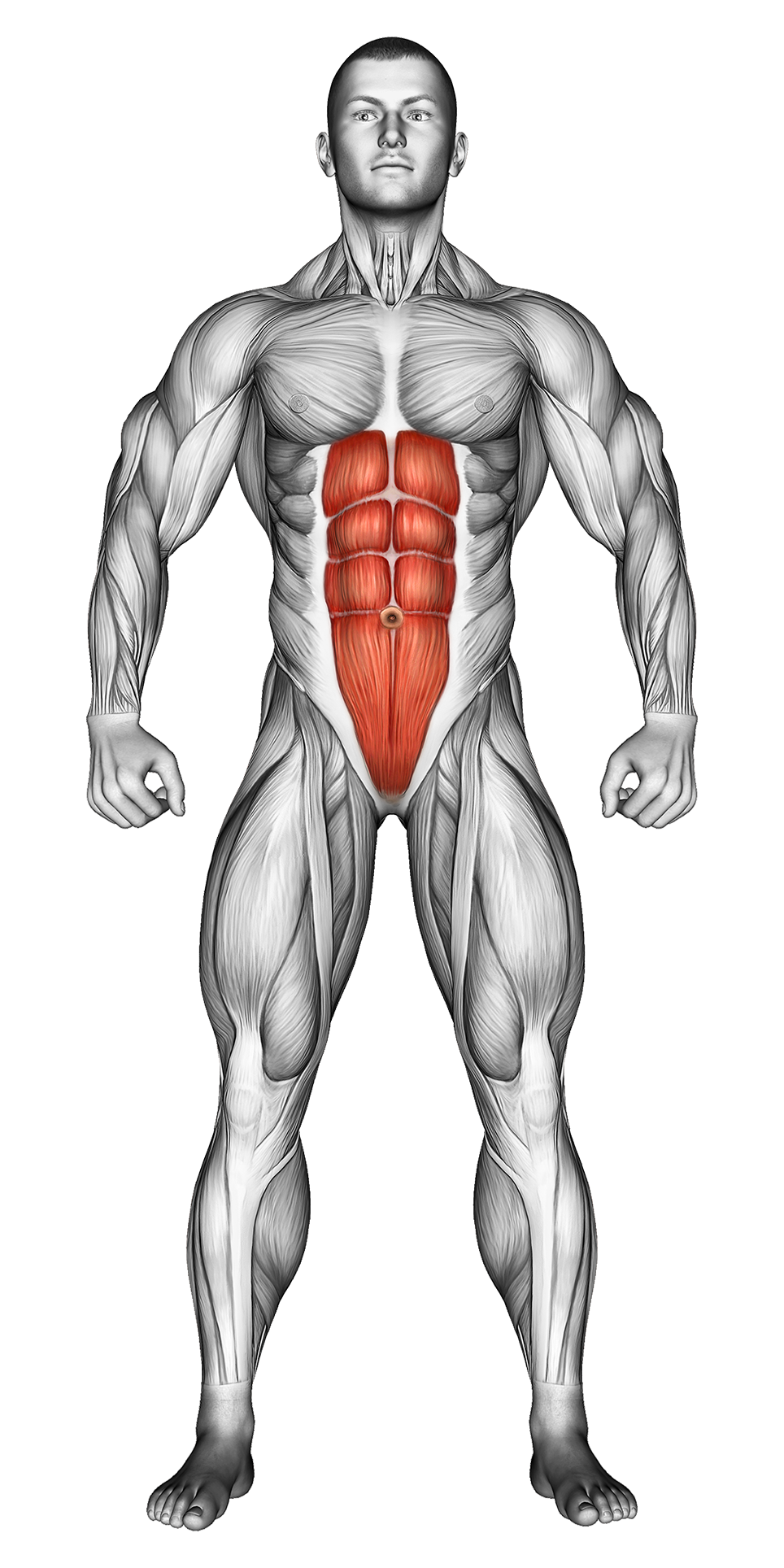Standing Dumbbell Press: Video Tutorial & Exercise Guide

Written By: Ether Brown
Updated: Oct 13, 2024
| Workout | Standing Dumbbell Press |
| Primary Muscle Group | Shoulders |
| Secondary Muscle Group | Triceps, Traps, Abs |
| Equipment Required | Dumbbell |
| Force Type | Push |
| Mechanics | Compound |
| Exercise Type | Strength |
| Difficulty | Beginner |
Standing Dumbbell Press: Video Tutorial & Exercise Guide
- 1.Standing Dumbbell Press: Muscle Groups
- -1.1Primary Muscle Group
- -1.2Secondary Muscle Group
- 2.Standing Dumbbell Press: Step-by-Step Guide
- 3.Standing Dumbbell Press: Overview
- 4.Standing Dumbbell Press: Benefits
- 5.Standing Dumbbell Press: Pro Tips & Advanced Techniques
- 6.Standing Dumbbell Press: Progression Plan
- 7.Standing Dumbbell Press: Frequently Asked Questions (FAQs)
Secondary Muscles Group
Standing Dumbbell Press: Step-by-Step Guide
- Step 1: Stand with your feet shoulder-width apart, holding a dumbbell in each hand at shoulder height. Your palms should be facing forward, and your elbows bent at about a 90-degree angle.
- Step 2: Engage your core, keep your back straight, and maintain a neutral spine. This is your starting position.
- Step 3: Press the dumbbells upward by extending your arms fully overhead. Ensure that your arms remain in line with your ears and do not arch your lower back during the lift.
- Step 4: Pause briefly at the top of the movement, with your arms fully extended and your shoulders engaged.
- Step 5: Slowly lower the dumbbells back to the starting position at shoulder height, controlling the weight on the way down. Repeat for the desired number of reps.
Standing Dumbbell Press: Overview
The Standing Dumbbell Press is a fundamental shoulder exercise that targets the deltoids, triceps, and upper chest. By pressing overhead, you engage your entire shoulder complex and upper body muscles, making this movement essential for building strength and muscle mass in the shoulders.
This exercise is suitable for all fitness levels and can be easily modified by adjusting the weight. The standing position requires core stabilization, making it a great full-body exercise that enhances shoulder stability, posture, and overall strength.
Standing Dumbbell Press: Benefits
The Standing Dumbbell Press is highly effective for building shoulder strength and size while also engaging the core for stability. This exercise strengthens the deltoids, triceps, and upper chest, helping to improve overhead pressing power and shoulder stability.
The standing position activates your core and lower body to maintain balance, making it a more functional movement compared to seated presses. This exercise is great for developing strength and control in the shoulders and improving posture and upper body aesthetics.
Standing Dumbbell Press: Pro Tips & Advanced Techniques
Keep your core engaged and avoid arching your back during the press. Focus on maintaining a neutral spine throughout the movement. If you're looking for added intensity, slow down the eccentric (lowering) phase or pause briefly at the top of the movement. For variation, you can also perform the exercise with a neutral grip (palms facing each other) to place more focus on the shoulder muscles.
Standing Dumbbell Press: Progression Plan
Beginner
Intermediate
Advanced
Standing Dumbbell Press: Frequently Asked Questions (FAQs)
What muscles do the Standing Dumbbell Press target?
+The Standing Dumbbell Press primarily targets the shoulders (deltoids), triceps, and upper chest. It also engages the core and lower body for stabilization during the lift.
Is the Standing Dumbbell Press suitable for beginners?
+Yes, this exercise is beginner-friendly. Start with light dumbbells to focus on proper form and core engagement, then gradually increase the weight as you gain strength.
How often should I perform the Standing Dumbbell Press?
+Include the Standing Dumbbell Press in your upper body or shoulder workout routine 1-2 times per week, allowing adequate recovery time between sessions.
What common mistakes should I avoid?
+Avoid arching your back or using your legs to help lift the dumbbells. Focus on keeping your core engaged and your movements controlled, especially during the lowering phase.
How can I make the Standing Dumbbell Press more challenging?
+To increase difficulty, use heavier dumbbells, slow down the lowering phase, or add a pause at the top of the movement. You can also perform the exercise with a neutral grip for variation.
Share
Don’t Wish for It, Work for It – Join the FlexXP Newsletter Today!
Thank you for signing up for the FlexXP Newsletter!
This site is protected and the Google Privacy Policy and Terms of Service apply.



